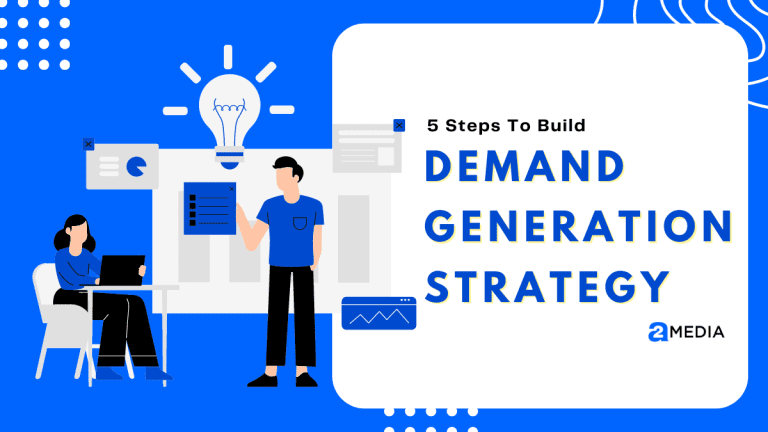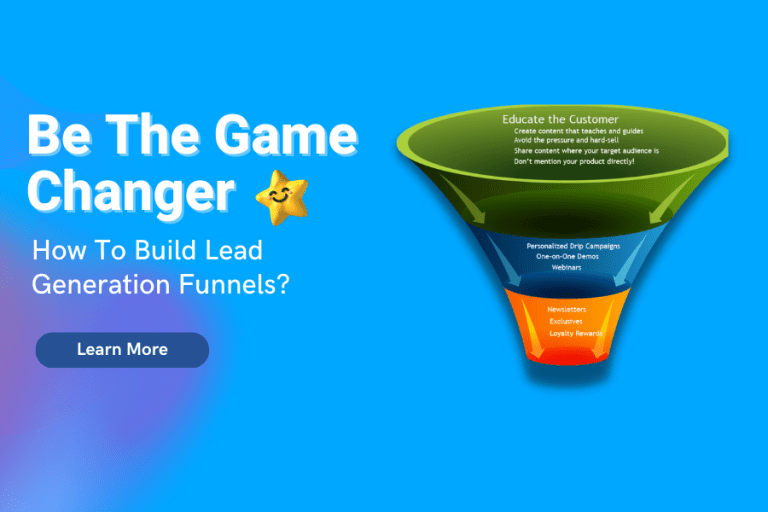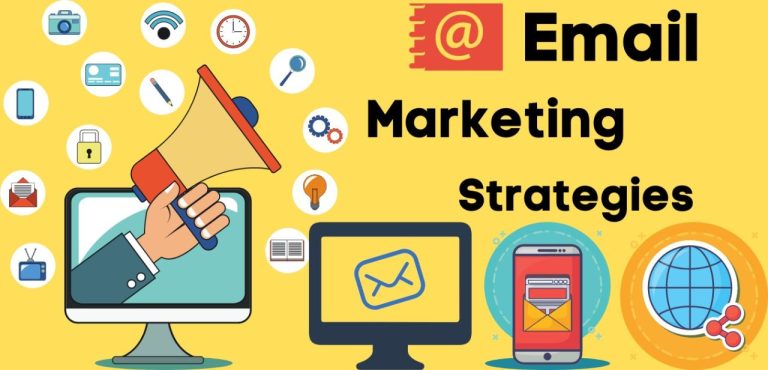The Role of Personalization in Successful Outreach Campaigns
In today’s highly competitive business environment, it is becoming increasingly challenging to capture the attention of potential customers.
With the rise of digital marketing channels, businesses have access to a vast pool of potential customers, but at the same time, they are competing with numerous other brands vying for the same customers.
This is where personalization comes in. Personalization is the process of tailoring marketing messages and content to specific individuals based on their preferences, behavior, and demographics.
In this article, we will explore the role of personalization in successful outreach campaigns.
Why is Personalization Important in Outreach Campaigns?
Personalization has become increasingly important in outreach campaigns because customers expect more personalized experiences.
In a survey conducted by Epsilon, 80% of consumers said they are more likely to do business with a company that offers personalized experiences. Customers want to feel valued and appreciated, and personalization can help achieve that.
Personalization can help businesses stand out in a crowded market by offering a more targeted and relevant message.
By tailoring content to specific individuals, businesses can increase the likelihood that their message will resonate with their target audience. This can lead to higher engagement rates, increased conversion rates, and ultimately, increased revenue.
Personalization helps businesses build stronger relationships with their customers. By offering personalized experiences, businesses can show their customers that they understand their needs and preferences, which can lead to greater customer loyalty and advocacy.
How can Businesses Personalize Their Outreach Campaigns?
There are several ways that businesses can personalize their outreach campaigns. Some of the best strategies include:
1. Segmenting their audience
Businesses can segment their audience based on factors such as demographics, behavior, and interests.
By segmenting their audience, businesses can tailor their messages and content to each segment, making their outreach more targeted and relevant.
2. Personalizing email campaigns
Email is one of the most effective marketing channels, and businesses can personalize their email campaigns by using the recipient’s name, sending targeted messages based on their behavior and preferences, and using dynamic content that changes based on the recipient’s location, interests, or other factors.
3. Using personalized landing pages
Businesses can create personalized landing pages that are tailored to specific segments of their audience.
This can help increase engagement rates and conversion rates by offering a more targeted and relevant message.
4. Offering personalized product recommendations
Businesses can use data such as the customer’s purchase history and browsing behavior to offer personalized product recommendations.
This can help increase the likelihood that the customer will make a purchase, as they are more likely to be interested in products that are relevant to their interests.
5. Personalizing social media campaigns
Social media is a great way to reach a large audience, and businesses can personalize their social media campaigns by creating targeted ads based on the user’s interests and behavior, using their name in the ad copy, and responding to comments and messages in a personalized way.
The Benefits of Personalization in Outreach Campaigns
Personalization can offer several benefits for businesses that implement it in their outreach campaigns, including:
- Increased engagement – Personalized messages and content are more likely to capture the attention of the recipient and increase engagement rates.
- Higher conversion rates – Personalized messages and content are more likely to resonate with the recipient, leading to higher conversion rates.
- Greater customer loyalty – Personalized experiences can help build stronger relationships with customers, leading to greater loyalty and advocacy.
- Improved brand perception – Personalization can help businesses stand out in a crowded market and improve their brand perception by showing that they understand their customers’ needs and preferences.
- Increased revenue – By increasing engagement rates, conversion rates, and customer loyalty, personalization can ultimately lead to increased revenue for businesses.
Challenges of Personalization in Outreach Campaigns

While personalization can offer many benefits, there are also several challenges that businesses need to overcome to successfully implement it in their outreach campaigns. Some of the challenges include:
1. Data management
Personalization relies on data, and businesses need to have a reliable and accurate data management system in place to effectively personalize their outreach campaigns.
This can be challenging for businesses that have limited resources or lack the necessary expertise.
2. Privacy concerns
Personalization involves collecting and using personal data, which can raise privacy concerns among consumers.
Businesses need to be transparent about their data collection and use practices and ensure that they are compliant with relevant regulations such as GDPR and CCPA.
3. Integration with existing systems
Personalization requires integration with various systems such as CRM, marketing automation, and content management systems.
This can be challenging for businesses that have disparate systems or lack the necessary technical expertise.
4. Scaling personalization
Personalization can be effective on a small scale, but scaling personalization to a larger audience can be challenging.
Businesses need to have a strategy in place to scale personalization while maintaining the quality and relevance of their outreach.
5. Keeping up with changing customer preferences
Customer preferences and behavior can change rapidly, and businesses need to be able to adapt their personalization strategies accordingly.
This requires ongoing monitoring and analysis of customer data, which can be challenging for businesses that lack the necessary resources or expertise.
Best Practices for Implementing Personalization in Outreach Campaigns
To overcome the challenges of personalization and effectively implement it in their outreach campaigns, businesses should follow these best practices:
1. Start with a clear strategy
Businesses should have a clear strategy in place for personalization, including their goals, target audience, data sources, and technology stack.
This will help ensure that their personalization efforts are aligned with their overall business objectives.
2. Collect and analyze data
Personalization requires data, and businesses should collect and analyze customer data from various sources such as CRM, website analytics, and social media.
This will help them better understand their customers’ needs and preferences and tailor their outreach accordingly.
3. Segment their audience
Businesses should segment their audience based on factors such as demographics, behavior, and interests.
This will help them tailor their messages and content to each segment, making their outreach more targeted and relevant.
4. Use automation –
Personalization can be time-consuming, but businesses can use automation to streamline their personalization efforts.
For example, they can use marketing automation tools to send personalized emails or use chatbots to provide personalized customer support.
5. Test and optimize
Personalization is an ongoing process, and businesses should continually test and optimize their personalization efforts to ensure that they are effective.
This includes A/B testing different messages and content, analyzing customer data to identify trends and patterns, and adjusting their personalization strategies accordingly.
Conclusion
Personalization has become increasingly important in outreach campaigns, as customers expect more personalized experiences.
By tailoring messages and content to specific individuals based on their preferences, behavior, and demographics, businesses can increase engagement rates, conversion rates, and customer loyalty. However, personalization also presents several challenges, including data management, privacy concerns, and scaling personalization.
To effectively implement personalization in their outreach campaigns, businesses should follow best practices such as starting with a clear strategy, collecting and analyzing data, segmenting their audience, using automation, and continually testing and optimizing their personalization efforts.
By doing so, they can successfully differentiate themselves in a crowded market and build stronger relationships.







